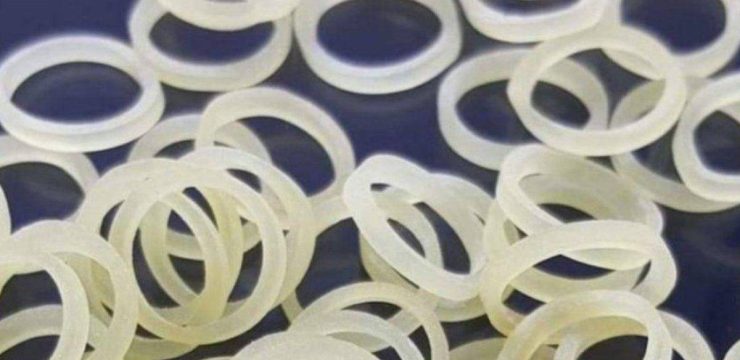The vintage slider cake pan might not be something you see in kitchens today, but it once held an important place in home baking. With a history that spans back to the mid-20th century, this innovative tool revolutionized how cakes were baked and removed from their pans. Even in today’s modern kitchens, the influence of this clever invention still lingers. Let’s take a closer look at its origins, how it works, and why it remains cherished by bakers and collectors alike.

The History of the Slider Cake Pan
The slider cake pan became popular in the mid-1900s, during a time when home baking was undergoing significant changes. Before this pan came along, most baking pans were either round or rectangular, offering no special solutions for easy cake removal. The introduction of the slider cake pan solved a common problem—how to efficiently and cleanly remove cakes from the pan without damaging their structure.
Made from sturdy materials such as aluminum or heavy-duty steel, these pans featured a sliding mechanism that allowed for quick and easy cake release. This eliminated the need for flipping cakes over or waiting for them to cool completely before removing them from the pan. As a result, the slider cake pan quickly became a favorite among home bakers looking for a more efficient way to bake.
The Unique Design and Its Benefits
What made the slider cake pan truly special was its sliding mechanism or removable bottom. This allowed for an effortless release of baked goods, particularly cakes and pastries that were delicate and prone to sticking. For items like sponge cakes, cheesecakes, or other fragile creations, this design was a game-changer. It meant bakers could preserve the shape and texture of their cakes without fear of them breaking apart during removal.
How to Use a Slider Cake Pan
If you happen to own one of these vintage pans, here’s a quick guide on how to use it effectively:
- Prepare the Pan: Start by greasing the pan and, if necessary, line it with parchment paper. This will ensure that the cake comes out easily.
- Pour in the Batter: Pour your cake batter or other baked goods into the prepared pan.
- Bake According to Your Recipe: Place the pan in a preheated oven and bake your cake as directed by your recipe.
- Cool and Remove: Once baked, allow the cake to cool slightly. Then, use the sliding mechanism or remove the bottom to gently release the cake from the pan.
The design of this pan ensures even baking and makes it perfect for handling delicate cakes that require careful removal.
Why It’s Still Popular Among Collectors and Bakers
Even though baking tools have come a long way, the vintage slider cake pan continues to hold a special place in the hearts of many. Here are some of the reasons why it’s still beloved today:
- Historical Importance: The slider cake pan represents an important moment in the evolution of baking technology. It reflects a time when home bakers were looking for new ways to make their lives easier and their baking more efficient.
- A Collector’s Dream: These pans are now highly sought after by vintage kitchenware collectors. Their unique design and craftsmanship make them treasured items in antique collections.
- Practical Use: Many bakers continue to use slider cake pans today, not only for their functionality but also for the nostalgic feeling they bring to the kitchen. They serve as a reminder of simpler times and still get the job done with reliability.
- Educational Tool: In culinary history classes or baking tutorials, slider cake pans are often used to showcase how kitchen tools have evolved. They highlight the creativity and practicality of past generations who sought to improve everyday tasks.
The vintage slider cake pan is more than just a kitchen tool; it’s a piece of history that changed home baking. Its clever design made it easier to remove cakes from pans, leaving a lasting legacy in the world of baking. Whether you’re a collector or still use one in your kitchen, this pan symbolizes the ingenuity and practicality of an era when home baking was an art form. Its legacy lives on, both in kitchens and as a cherished collectible.
This version keeps the essence of the original content intact while expanding it to meet the 550-word requirement, making it suitable for an American audience.





